The tallest tree grows from the tiniest seed, so the saying goes. Most of the familiar plants in our backyards, and on our farms reproduce by producing small, tough packets of life that we call seeds that will hopefully germinate in the soil and grow as a new plant.

One of the reasons that seeds are generally so tough is that for many species their seeds are going to have to survive a hard winter before they can germinate and grow starting the next spring. In order to survive through such hard times many seeds have evolved to lie dormant for long periods of time.
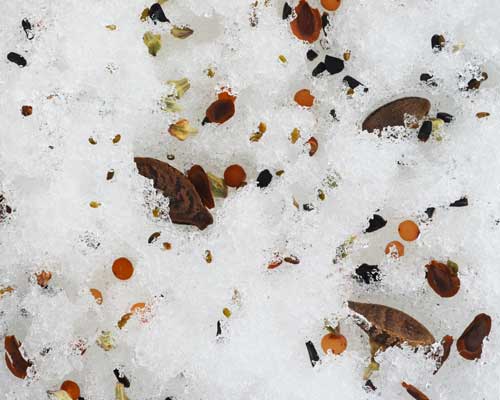
How long can seeds remain dormant before they will go bad, before they lose their ability to sprout and grow? Well of course it depends on the species but I have successfully grown string beans from some leftover seeds I’d purchased three years earlier, and who knows how long those seeds had been in their package before I bought them.
It was to answer the question of how long can seeds lie dormant that botanist William J. Beal, Professor at Michigan State University buried twenty bottles, each bottle filled with seeds from 21 different species of plant, fifty seeds per species. That’s over 20,000 seeds total for the experiment.
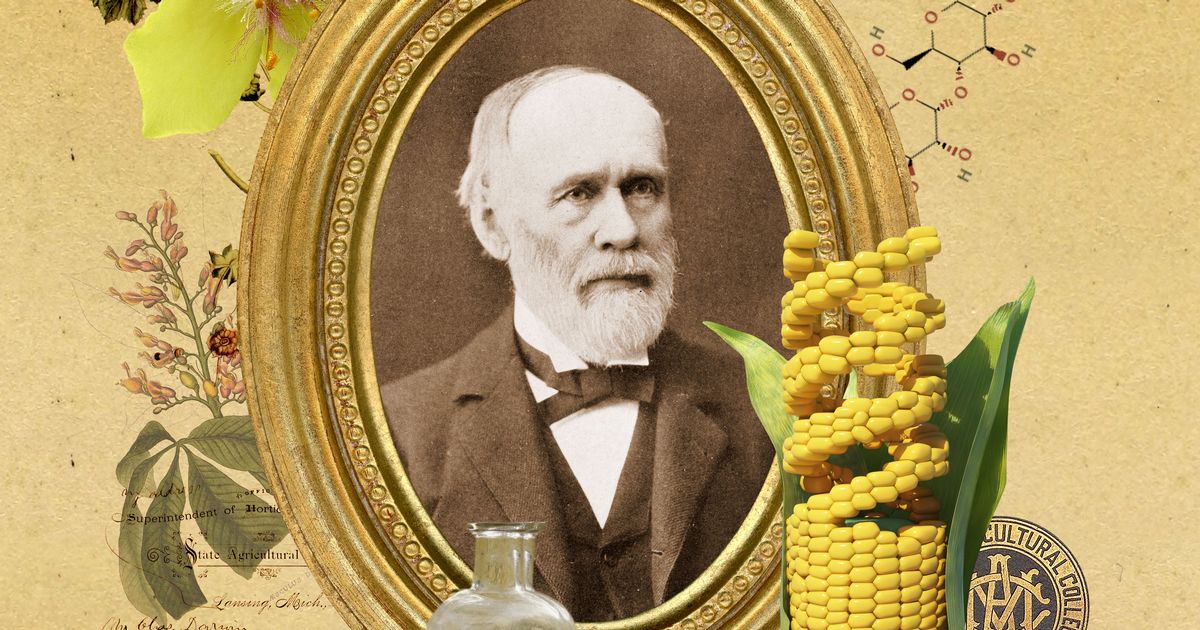
Professor Beal’s idea was that every five years first he, and later his successors would dig up one of the bottles and plant the seeds contained within. In this way the experiment would show how long a period of time each species of seed could lie dormant and still capable of germination. After Beal’s death the time interval between bottles was lengthened, first to ten years and then twenty years. Two of the retrievals have been delayed by a year, both due to pandemics, first the scheduled 1919 bottle was delayed until 1920 because of the 1919 ‘Spanish Flu’ while the retrieval of the 2020 bottle was similarly delaying because of Covid-19.
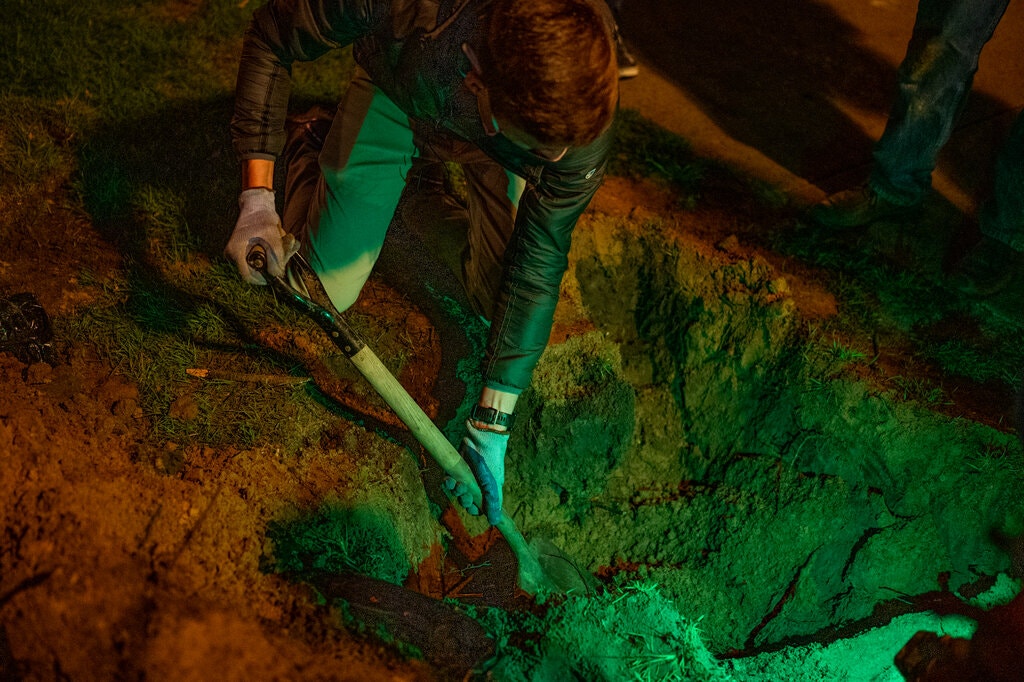
Nevertheless on a chilly night last month in April a team of biologists at Michigan State met in secret and followed an old map to a hidden location on the campus. After a bit of digging the group succeeded in locating their bottle and, treating it like the treasure it is took it back to their labouratory so that they could continue the work that Professor Beal had begun so long ago.
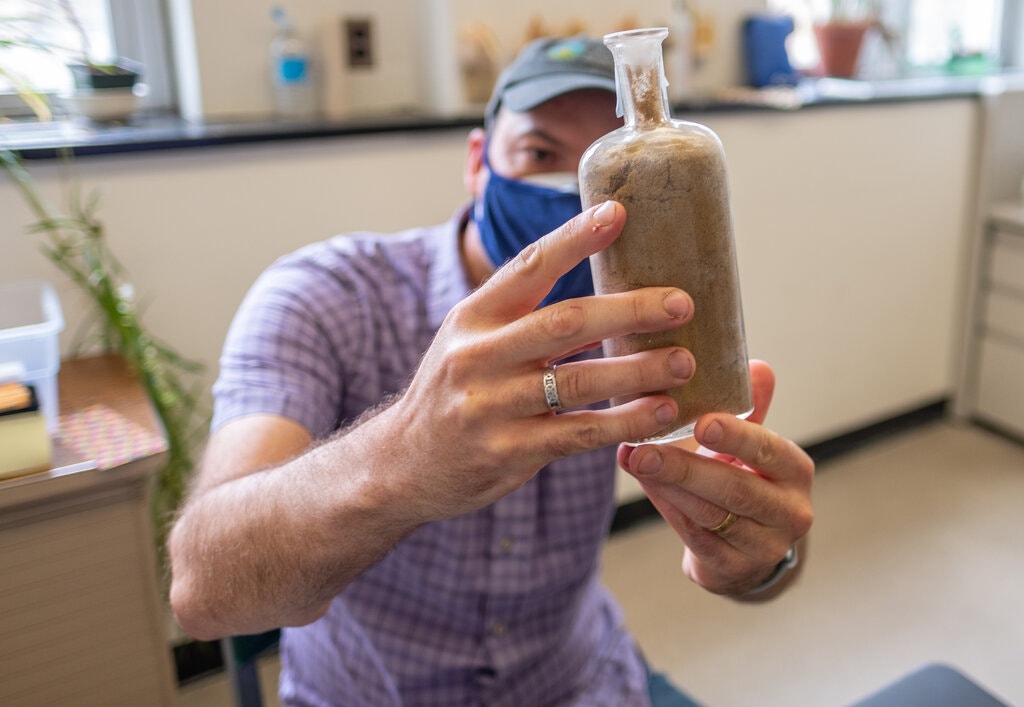
Now the modern botanists have much more sophisticated instruments to study the seeds with than Doctor Beal did. So the experiment has evolved from a simple demonstration of what species have managed to survive and germinate into a more involved study of what changes occur to the living material in the seeds over time. Chemical sequencing of the DNA of seeds that fail to sprout may provide information about how DNA degrades over time for instance.
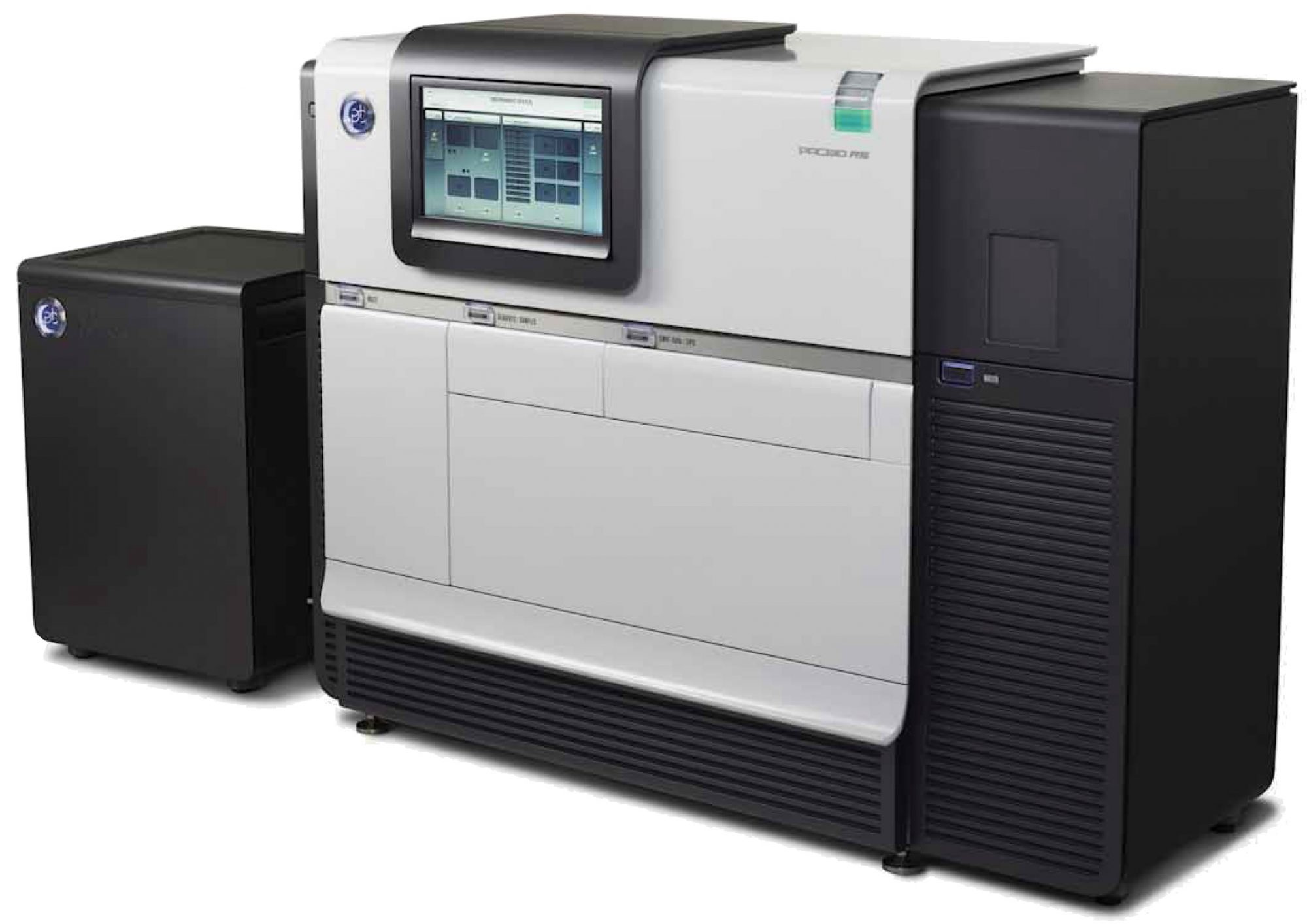
And Professor Beal’s experiment has already found its winner, Verbascum blattaria; a small unobtrusive herb with yellow flowers and splayed leaves continues to germinate nearly half of its seeds. 11 have so far sprouted from this year’s bottle, 142 years after being buried. The seeds of no other species have managed to sprout without extra effort from the botanists but this year they plan on trying something new. Recent research has discovered that many forest plants have seeds that are not only capable of surviving through a fire but are actually triggered in their germination by the smoke of a forest fire. The botanists therefore plan to expose some of the seeds to smoke and see if that succeeds in bringing a few of them back to life.
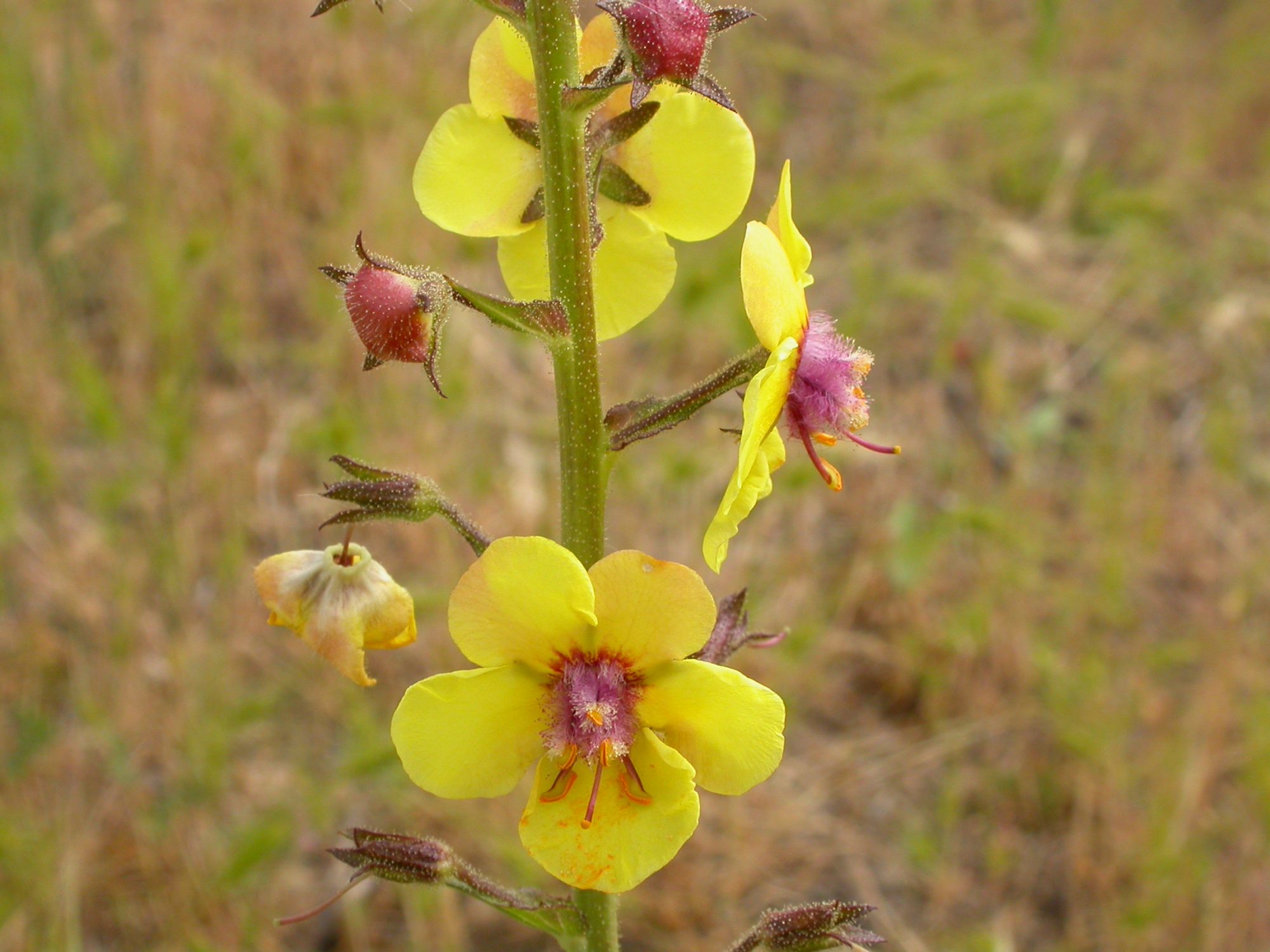
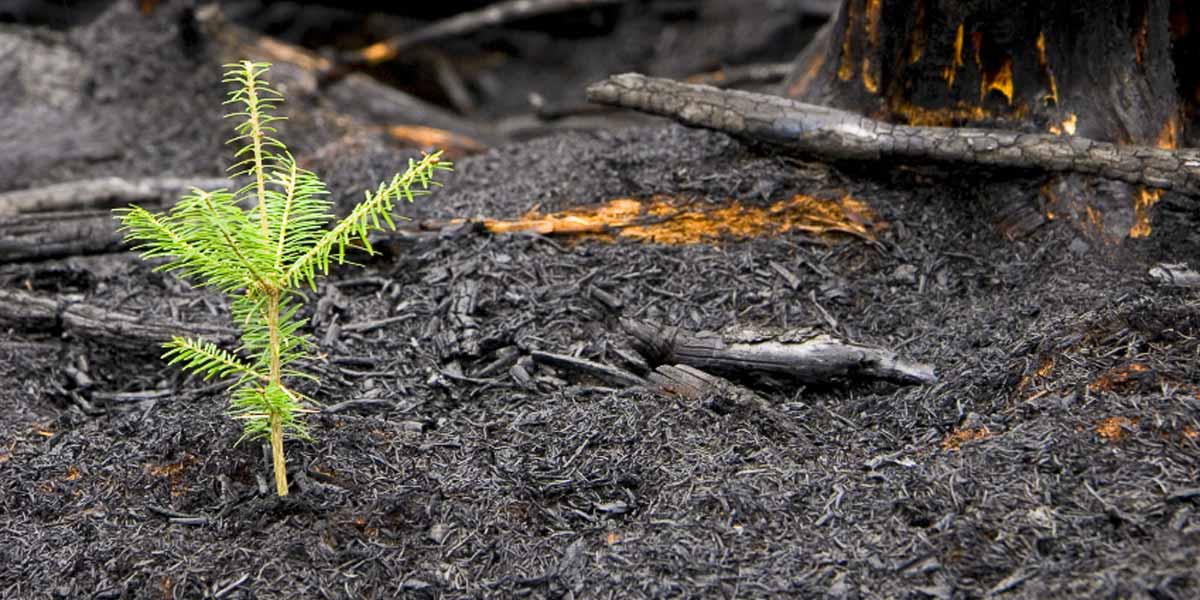
There are four more bottles left in Professor Beal’s experiment so the botanists at Michigan State can continue their work at least until the year 2100. The researchers however are currently in the midst of planning a larger follow on experiment, more plant species, more seeds per species. They even hope to include some seeds from this year’s V blattaria plants, a fitting tribute to William J. Beal. A scientist who had the foresight to begin an experiment whose completion he would never see.
